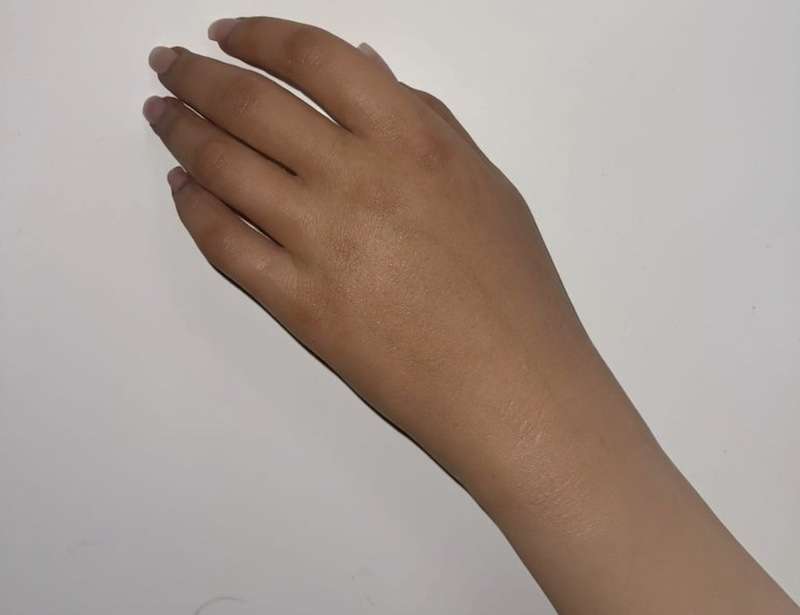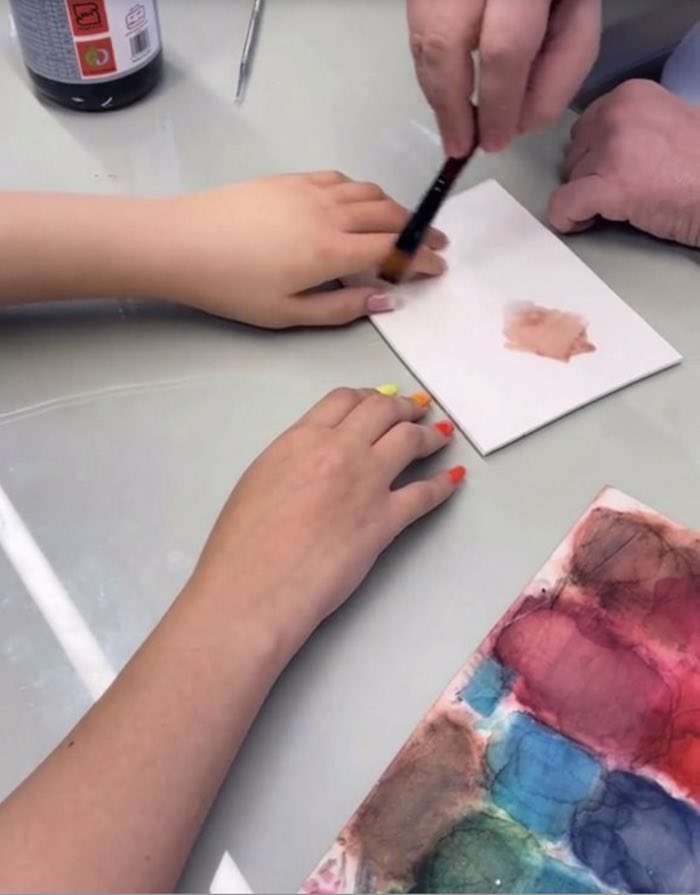Natural Defenses in Plants May Be Successful in Humans Against Neurodegenerative Diseases: New Study
The multidisciplinary team identified the chloroplast plant protein SPP as the reason why plants are unaffected by the problematic protein.

A student born without a left arm has a "new lease of life" thanks to her prosthetic limb with painted-on veins, freckles and acrylic nails.
Zahra Tabibniya says she felt embarrassed during her school years and wanted to hide the truth.
She tried different prosthetics–including a heavy limb made of silicone–but now she has a lightweight one that looks real and allows her to tie her laces and do her hair.
The $850 (£700) silicone prosthetic looks natural with painted-on veins, freckles, moles and acrylic nails. The 23-year-old even got a color touch-up to match her summer tan.
"Prosthetics started off as a disguise for my disability, a shield against the bullying, but it's just a part of me now."
"People think it's just a cosmetic thing because it looks natural, but it actually has most of the function an actual arm has."
Zahra is delighted to be able to carry her own luggage, check her phone and tie her laces thanks to her prosthetic arm—and says it has given her much more freedom.

"So many of the ones I used to have really hindered the way I moved, especially if they were heavier," said the pharmacy student from Iran studying at the University of Rome in Italy.
But at the age of 21, Zahra was introduced to her current doctor, Dr. Khaghani, at the Behboodteb Clinic, in Tehran.
She says he was the "first doctor in the world" to use the type of silicone prosthetic Zahra has—and she only needs to get it replaced every two years.
Zahra says it is fun to watch it being customized. Acrylic nails are attached to the hands which can be painted.

"They're the exact same material you get done when you go to the nail salon.
"You can get moles and freckles spray-painted on there; you can actually tattoo them as well, if you want."
Zahra feels like she's gained "around 60 percent" of function in her new left arm—and can now do a number of everyday tasks with much more ease than before.
Zahra now takes time to educate people about her disability and documents the making of her prosthetic arm on TikTok.
"For a long time, I just wouldn't tell people I was disabled," she said. "I would tell people after a week or two. That way, they'd get to know me before judging me.
"But being open about it has actually given me the opportunity to educate people about my disability.
"The kids who bullied me were influenced by the adults around them, just as much as their friends.
"Kids are always going to speculate—their imaginations go wild. But parents and teachers just told them not to ask questions.
"I want people to ask questions. The more questions they ask, the more educated they become."
BUST A STEREOTYPE By Sharing The Uniqueness on Social Media…
Be the first to comment